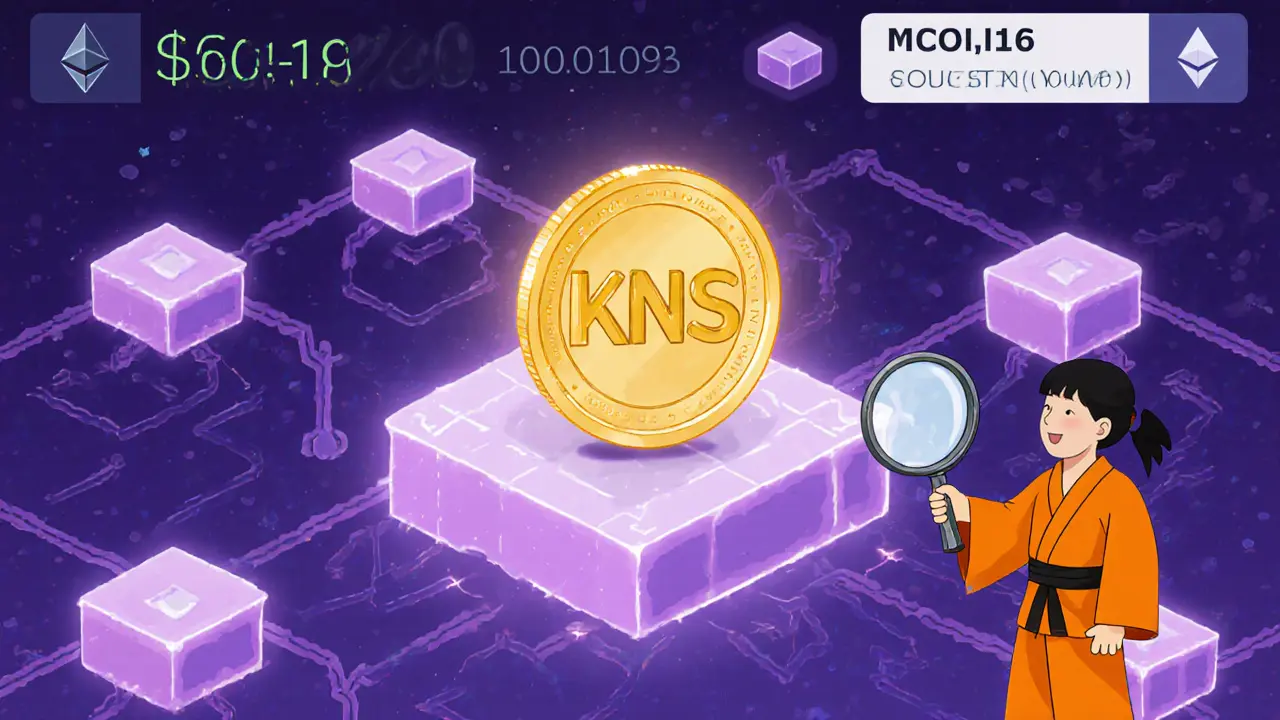Learn what Kenshi (KNS) crypto coin is, its price, use‑case, technical base, risks and how to trade it safely.
Kenshi Token Utility – What It Means and Why It Matters
When talking about Kenshi token utility, the set of functions, benefits, and real‑world uses that the Kenshi token (KSH) provides within its ecosystem. Also known as KSH utility, it serves as a bridge between holders and platform services. A related concept is Utility token, a cryptocurrency designed primarily to access a product or service rather than act as a store of value, often interchangeable with the term "functional token". Another key player is DeFi, decentralized finance platforms that let users lend, borrow, or trade without traditional intermediaries, which frequently builds on token utilities to create incentives. Finally, Tokenomics, the economic model governing a token’s supply, distribution, and demand dynamics, defines how the utility translates into real value. Together, these entities shape how Kenshi token utility enables access, rewards, and governance across its network.
How Kenshi Token Utility Connects to DeFi and Real‑World Services
The core of Kenshi token utility lies in three semantic triples. First, Kenshi token utility encompasses platform access, meaning holders can unlock premium features, pay transaction fees at a discount, or participate in exclusive events. Second, the utility requires robust tokenomics, so supply caps, vesting schedules, and reward mechanisms are designed to prevent inflation while encouraging long‑term holding. Third, DeFi platforms influence Kenshi token utility by integrating KSH into liquidity pools, staking contracts, and yield farms, which amplify the token’s everyday usefulness. For example, staking KSH on a partner DEX not only yields passive income but also grants voting rights for protocol upgrades, tying governance directly to utility. This loop creates a self‑reinforcing cycle: as more users tap the token’s functions, demand rises, supporting a healthier tokenomics model and richer DeFi experiences.
Beyond financial incentives, the Kenshi token utility extends to real‑world partnerships. Several gaming studios have adopted KSH as an in‑game currency, allowing players to purchase skins, upgrades, or battle passes without leaving the game environment. In the NFT space, artists can mint collectibles that require KSH for minting or royalty distribution, turning the token into a conduit for creative economies. Moreover, community‑driven projects use KSH to fund development bounties, where contributors earn tokens proportional to their deliverables, exemplifying how utility can power collaborative innovation. This breadth of applications showcases why understanding utility, tokenomics, and DeFi integration is crucial for anyone looking to leverage Kenshi token benefits.
Below you’ll find a curated list of articles that dive deeper into each of these facets – from technical guides on tokenomics to practical walkthroughs of DeFi staking with KSH, and case studies of real‑world use cases. Whether you’re a beginner curious about how a utility token works or an experienced trader seeking strategic ways to maximize KSH’s benefits, the posts ahead provide actionable insights and concrete examples to help you navigate the Kenshi ecosystem effectively.

